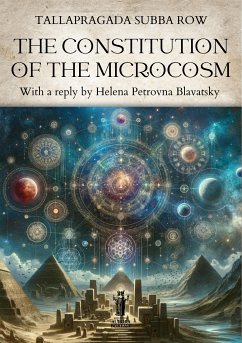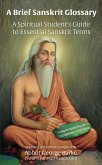Tallapragada Subba Row (July 6, 1856 - June 24, 1890) was a mystic and a Theosophist from a Hindu background. In 1882, he invited Helena Petrovna Blavatsky and Henry Steel Olcott to Madras (now Chennai), where he convinced them to make Adyar the permanent headquarters for the Theosophical Society. Upon this meeting and thereafter, Subba Row became able to recite whatever passage was so requested of him from the Bhagavad Gita, Upanishads, and many other sacred texts of India. He had, apparently, never studied these things prior to the fateful meeting, and it is stated that when meeting Blavatsky and Damodar K. Mavalankar, all knowledge from his previous lives came flooding back. Among the many memorable works he left to humanity, they include his commentaries on the Bhagavad Gita, Esoteric Writings, and his Collected Writings in two volumes. The Subba Row's article The Constitution of the Microcosm, which we propose to our readers today, was published in two parts, in May and August 1887, on the magazine The Theosophist. Following the first part of the article, Helena Petrovna Blavatsky replied with an interesting article titled Re-Classification of Principles. We have decided to include it in this edition. It should be read prior to the following continuation by Tallapragada Subba Row, which addresses Blavatsky's reply.
Dieser Download kann aus rechtlichen Gründen nur mit Rechnungsadresse in A, B, BG, CY, CZ, D, DK, EW, E, FIN, F, GR, HR, H, IRL, I, LT, L, LR, M, NL, PL, P, R, S, SLO, SK ausgeliefert werden.









